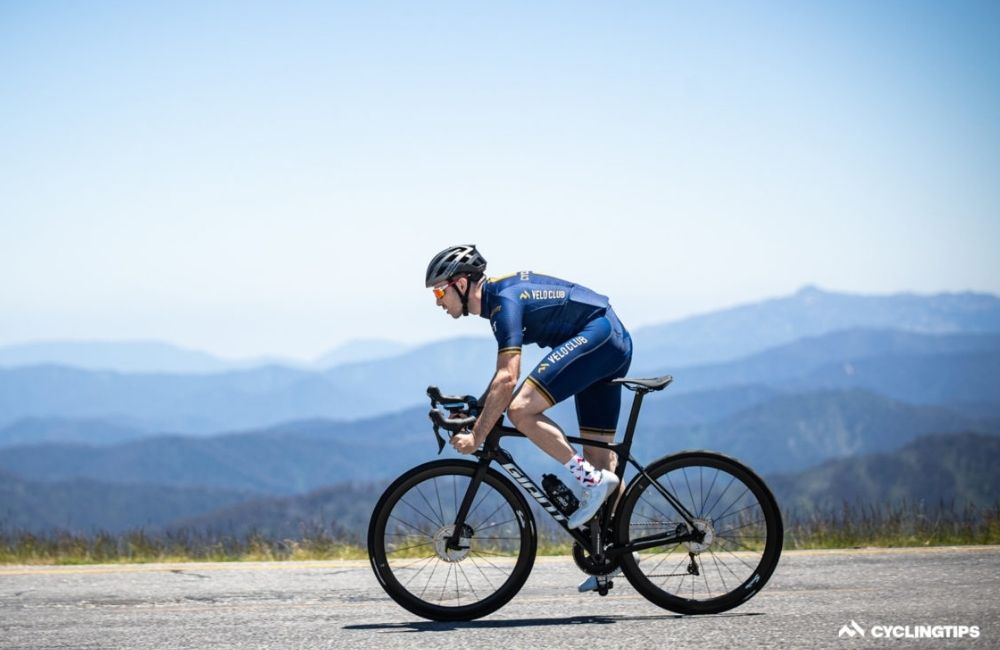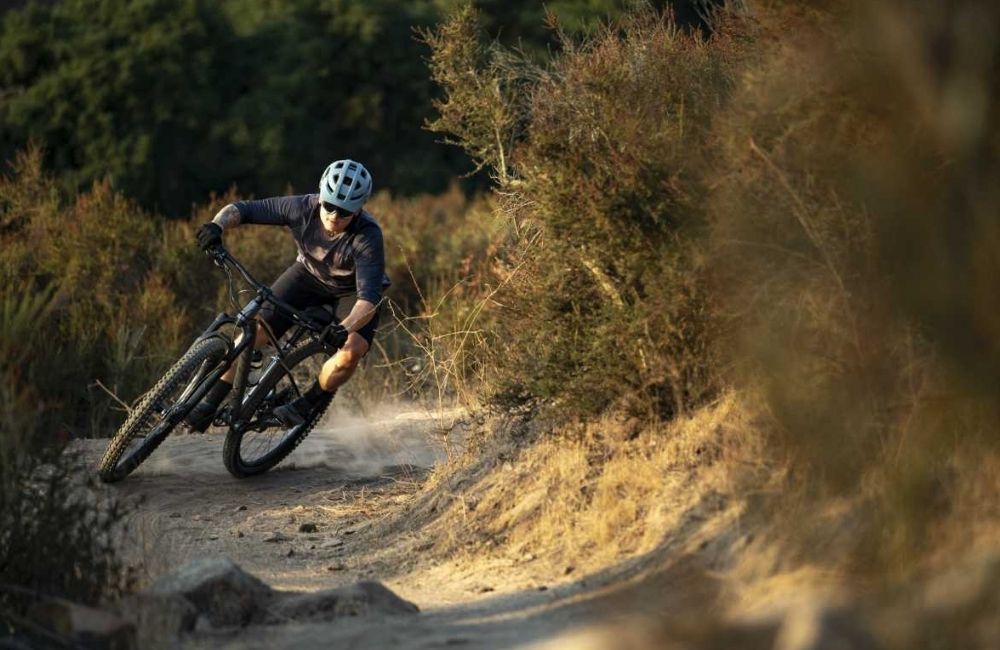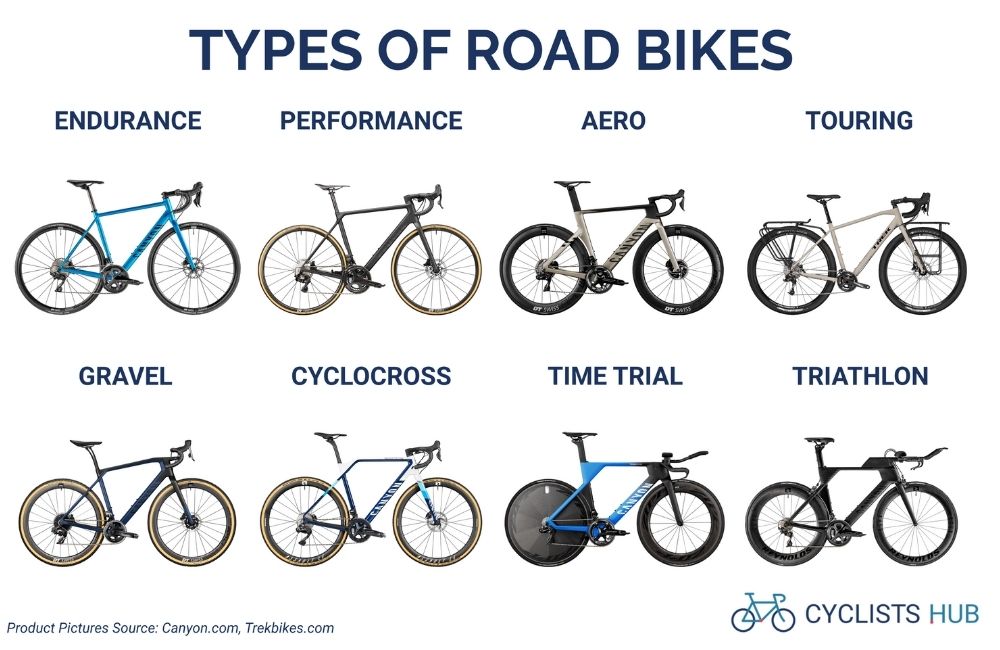Table of Contents

Choosing the best road bike for new riders is a difficult decision. A lot of factors come into play when making this choice, and some people have no idea where to start! This guide will help you narrow down your options so that you can find a great bike without wasting a lot of time.
The first thing you need to consider before buying a new bike is what type of riding do you plan on doing most often? This question will help narrow down the choices in front of you because different types of bikes are better suited for different types of terrain. A racing-style bicycle typically does not work well on dirt or gravel roads, while an all-terrain model would be more appropriate for these conditions.
Are you new to cycling?
If so, then this blog post is for you! In it, I will cover some of the basics that you need to know about road bikes to find the perfect one for your needs. You’ll learn what makes a good bike and how to choose between different types of bikes. After reading this article, hopefully, you’ll have a better idea of which type of bike is best suited for your needs.
Many factors go into choosing the right road bike, but before we dive into those factors there are two main categories that all road bikes fall under – race or touring. Race bikes are designed with speed in mind while touring bikes prioritize comfort over everything else. Which category suits your riding style best? For new riders!
A racing bike is usually lighter and has higher performance parts than a touring model, although some models do not fit into these two categories very easily. A good example would be the Giant Quick-E+ road bicycle, which can accommodate both styles of riding because it includes mounts for racks on the back!
What sort of terrain will you be covering?

If you plan to ride primarily on paved roads then many types of bikes work great – but if your routes frequently include dirt or gravel paths then having an all-terrain bike like the Diamondback Haanjo Comp Disc might suit your needs better. When choosing between race and touring models, don’t forget to consider how much time you spend climbing hills! A heavier bike with high-performance parts may not be the best choice for someone who frequently rides up steep hills.
The type of brakes that your bike has is also important to consider before making a purchase. A good set of brakes can make all the difference in terms of safety and performance, so it’s something you don’t want to skimp out on! Most bikes have disc brakes these days because they offer superior stopping power compared with rim or caliper models. If you plan on riding in wet conditions, then hydraulic models are generally preferred over cable-based ones since water cannot get into the system as easily, although this isn’t always true depending upon which brand/model you get! To learn more about choosing between types of road bicycles, check out this article here.
Choosing A Bike For Your Height and Weight
When choosing a bike it’s important to take your height, inseam (measured from crotch to floor), weight, riding style/experience level into consideration because these factors will help determine which type of bicycle you should be looking for! A lightweight road bike might not work well for a heavier person, or someone that is very tall. A bike with too large of a frame may not feel comfortable for shorter riders because the top tube will be higher than their crotch, which can force them to hunch over while riding!
A good rule of thumb when considering what size would work best for you is to measure your height and inseam, then reference this chart provided by Performance Bicycle. A more precise method would involve doing some math based on formulas found here, but unless you are an experienced cyclist, it’s probably easier just to use the simple chart above as your guide. Keep in mind that these numbers won’t always be perfect, so don’t worry if they aren’t – it doesn’t mean you made a bad choice!
When To Upgrade A Bike
If you have been riding the same bike for years, then it could be time to consider upgrading your ride. A bicycle that is five or six years old might not necessarily be a bad one, but if you are just getting into cycling then chances are that your needs will change over time, which would require an upgrade to accommodate those changes. A good example of this would be someone who decided they wanted to start commuting by bicycle instead of driving.
Regardless of why you need an upgrade, keep your budget as well as the purpose/style of bicycle that will suit you best firmly in mind when considering whether it’s time to buy new! A great place for anyone interested in cycling can be found here:
Road Bicycles VS Mountain Bikes: What Are The Differences?
There are many differences between mountain bikes and road bicycles but they both have one thing in common – fun! Whether you want to ride on paved roads or unpaved trails, there is something out there for everyone which makes choosing between them a little difficult. A good example of this would be someone who is looking for a bicycle they can use to commute from work – A road bike might not be the best choice because it doesn’t have fenders or racks, which make it difficult to carry lots of items with you. A mountain bike, on the other hand, wouldn’t look right if used as a commuter, since most trails aren’t paved!
To help break things down even further, here are some points that everyone should consider when trying to choose between these two types of bikes:
Road Bikes
Best suited for riding on pavement or hard-packed dirt/gravel surfaces like gravel roads and single-track trails. A good example of where this type of bicycle excels would be racing or fast-paced training.
A more aerodynamic frame design, allowing for faster speeds but making them less stable at high-speed turns. Can also be found with disc brakes, which are usually only seen on mountain bikes!
Top 8 Guide to Choosing the Best Road Bike for New Riders

1. The first thing you need to do is figure out what kind of riding you want to do.
2. If you are looking for a bike that will be used primarily on the road, then there are three things you should consider before purchasing one.
3. These include frame material, gearing options, and tire size or type
4. Frame materials can range from aluminum to carbon fiber-based frames with different weights and ride characteristics
5. Gearing options vary based on your needs – if you plan on doing long rides in hilly areas then it would be best to invest in a bike with higher gear ratios than those who live in flat regions
6. Tire size or type also varies depending on where the bike will be ridden but generally speaking, tires should match the terrain they will typically encounter (elevated roads require wider tires)
7.) For riders who plan on using their bikes for recreational riding as well as commuting, an upright bicycle might work better because it provides more visibility over traffic while still being comfortable enough for longer distances
8) Road bikes are designed specifically for use by experienced cyclists only due to their lightweight yet stiff construction which allows them to withstand high speeds without sacrificing comfort or durability
In Conclusion
The first step in determining which bike is best for you is to figure out what type of riding you want to do most often. If racing or commuting are your top priorities, then a racing-style bicycle would be the right choice. But if you mostly plan on using it for leisurely cycling and touring, then something like a hybrid style might work better. Once you’ve narrowed down your options based on what type of terrain they’re suited for, then evaluate how much money and time that particular type will require from you before making a final decision!
